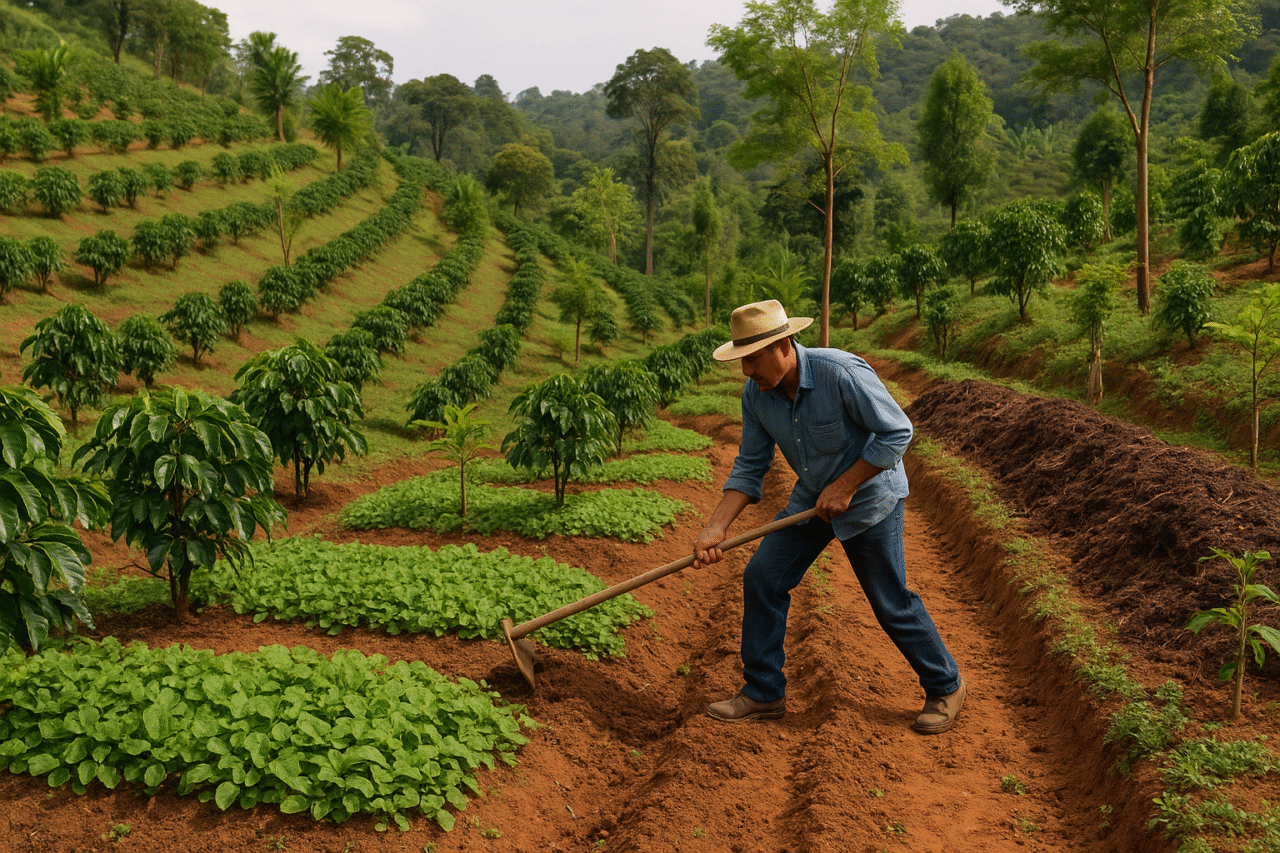Nescafé, Nestlé’s leading coffee brand, announced that it sourced 32% of its coffee in 2024 from farmers implementing regenerative agriculture practices—exceeding its 2025 goal of 20%.
The achievement is part of the company’s long-term sustainability roadmap, the “Nescafé Plan 2030,” launched in 2022 to support farmers transitioning to environmentally friendly methods that boost productivity, lower costs, and reduce greenhouse gas emissions. According to Nestlé’s June 12, 2025 statement, these practices helped reduce emissions by 20% to 40% per kilogram of green coffee beans in 2024.
The company now aims to source 50% of its coffee from regenerative agriculture by 2030, as part of broader efforts to cut its overall carbon footprint.
Regenerative practices promoted by the program include optimizing fertilizer use to improve soil health and reduce carbon emissions, planting cover crops to boost biodiversity and minimize agrochemical reliance, and restoring farmland through native tree planting to enhance carbon capture and water management.
Nescafé emphasized that the program not only supports climate goals but also improves farmer livelihoods and strengthens communities. Social initiatives such as child protection and human rights monitoring are integral parts of the brand’s supply chain responsibility.
Coffee remains one of the world’s most widely traded agricultural commodities. However, climate change poses a growing threat to its future. A study by the Carbon Disclosure Project (CDP) warns that by 2050, up to 97% of currently viable coffee-growing land in key regions may become unsuitable. The bulk of coffee’s carbon footprint—estimated at 75% to 91%—originates before the beans leave the farm, driven by land use, deforestation, fertilizer application, and processing methods.
“Farmers are becoming increasingly aware of the benefits of these regenerative practices, as shown by the rising adoption rates,” said Axel Touzet, Head of Nestlé’s Coffee Strategic Business Unit. “This motivates us to continue working with our partners, suppliers, and farmers in our sourcing regions.”
